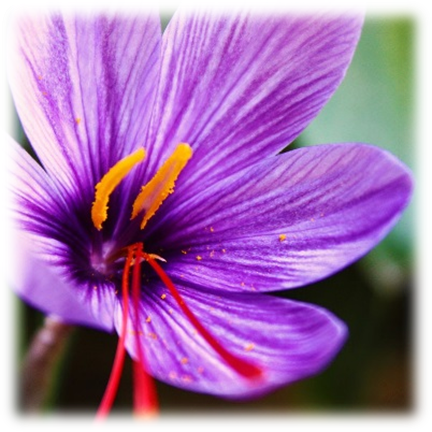Pheran
The unique dress-code of Kashmir
Pheran is one of the famous cultural outfits of Kashmir. It consists of two gowns, one over the other, which extends below the knees with or without side silt. Females love to wear the Tilla Pheran. The craft of embroidery is the most celebrated art of Kashmir which is known as Tilla Dozi, however the art is dying with time.
The
Pheran was introduced by Mughal Emperor Akbar. It reflects the
historical culture, as they have not made any drastic change in the garment. If
a person from the 16th century wakes up, he would definitely identify pheran as
something belongs to his era.
During
the winter season everyone loves to wear Pheran because it protects
us from cold. Kangiri (fire pot), filled with coal is carried under the
pheran. Coal is used for a lasting, which provides warmth for a long time.
Pheran and kangiri represent the rich culture of Kashmir.
As
the male pheran dresses are quite simple but female Pheran dresses are
designed with Tilla dozi. Tilla embroidered Pheran constitutes a unique part of
vardan (parent’s gift) at the wedlock time of daughters in Kashmir.
Tille
Dozi an embroidery work, constitutes gold or silver threads and
threads are delicately tied by needle point over the fabric to create
lovely designs. Whole process of Tilla dozi needs skill, patience and accuracy.
The artisans are not given appropriate wages for their work, which is the
main reason behind the decline of kshmiri art and machine made
embroidery is also ruining the Kashmiri Tilla Handicraft.





